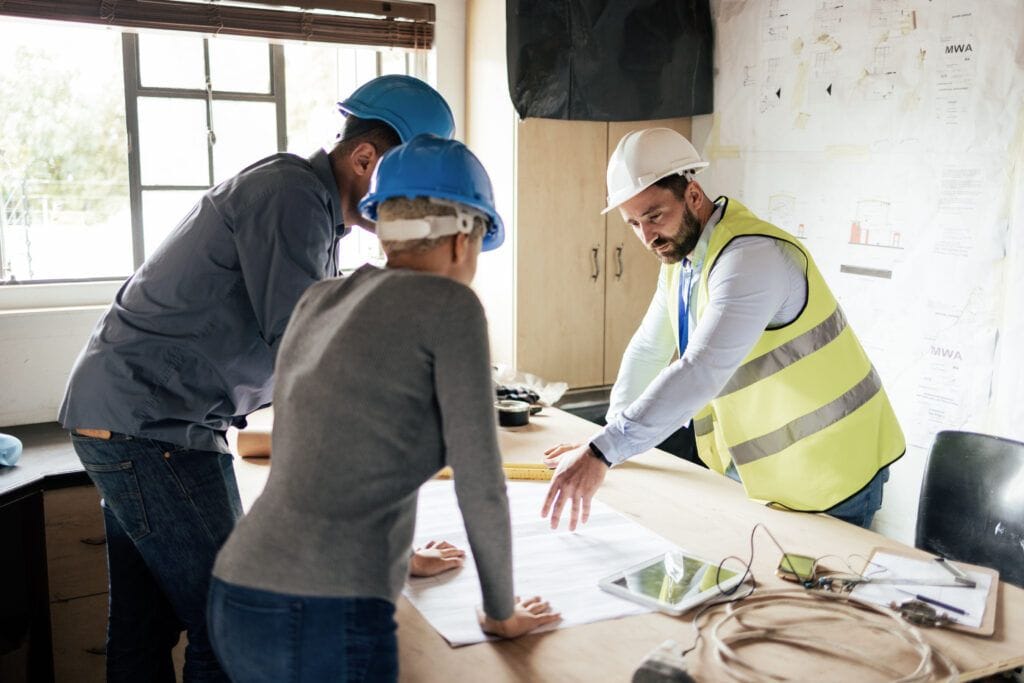From Permits to Plumbing: A Comprehensive Guide to the Expenses of Building an ADU
Accessory Dwelling Units (ADUs) are secondary housing units that are built on the same property as a primary residence. They can take the form of a detached structure, such as a standalone cottage or garage conversion, or an attached unit, such as a basement apartment or in-law suite. ADUs are becoming increasingly popular as a way to provide affordable housing options, accommodate multi-generational living arrangements, and generate rental income. They can also add value to a property and provide homeowners with flexibility and additional space.
When considering building an ADU, it’s important to understand the local zoning and building codes that govern their construction. These regulations can vary significantly from one jurisdiction to another, so it’s essential to consult with local authorities and obtain any necessary permits before beginning the building process. Additionally, homeowners should consider the potential impact of an ADU on their property taxes, as well as any homeowner association rules or covenants that may apply. By familiarizing themselves with these basic considerations, homeowners can ensure a smooth and successful ADU project.
Factors Affecting the Cost of Building an ADU

The cost of building an ADU can vary widely depending on a number of factors. One of the most significant factors is the size and complexity of the unit itself. Larger, more elaborate ADUs will naturally require more materials and labor, resulting in higher construction costs. The location and condition of the property can also impact the cost, as well as the availability of utilities and infrastructure. In some cases, homeowners may need to invest in upgrades or modifications to their existing property in order to accommodate an ADU.
Another important consideration is the choice of materials and finishes for the ADU. High-end fixtures and finishes will drive up the cost, while more budget-friendly options can help keep expenses in check. Labor costs can also vary depending on the availability of skilled workers in the area, as well as the complexity of the construction process. By carefully considering these factors and working with experienced professionals, homeowners can develop a realistic budget for their ADU project.
Budgeting for an ADU: Key Considerations
When budgeting for an ADU, it’s important to take a comprehensive approach that accounts for all potential expenses. In addition to construction costs, homeowners should consider expenses such as design and engineering fees, permit fees, utility connections, landscaping, and any necessary upgrades to the existing property. It’s also important to budget for unexpected expenses that may arise during the construction process, such as unforeseen structural issues or changes to the original plans.
Homeowners should also consider the long-term costs associated with owning and maintaining an ADU. This can include ongoing expenses such as property taxes, insurance, utilities, and maintenance. By carefully considering these factors and working with a qualified financial advisor, homeowners can develop a realistic budget that takes into account all potential costs associated with building and owning an ADU.
Hidden Costs to Watch Out for When Building an ADU
While it’s important to budget for the obvious expenses associated with building an ADU, it’s equally important to be aware of potential hidden costs that can arise during the construction process. One common hidden cost is the need for upgrades or modifications to the existing property in order to accommodate the ADU. This can include electrical or plumbing upgrades, foundation work, or structural modifications. Additionally, homeowners should be prepared for potential delays or setbacks that can result in increased labor costs and extended construction timelines.
Another potential hidden cost is the need for additional insurance coverage for the ADU. Depending on the type of unit and its intended use, homeowners may need to purchase additional liability or rental property insurance in order to protect themselves and their investment. It’s also important to consider ongoing maintenance and repair costs for the ADU, as well as any potential impact on property taxes. By carefully considering these potential hidden costs and working with experienced professionals, homeowners can minimize surprises and ensure a successful ADU project.
Financing Options for Building an ADU

There are several financing options available to homeowners who are interested in building an ADU. One common option is a home equity loan or line of credit, which allows homeowners to borrow against the equity in their property in order to fund the construction of an ADU. Another option is a construction loan, which provides funds specifically for building projects and can be used to cover the costs of an ADU.
Some homeowners may also consider refinancing their existing mortgage in order to access additional funds for an ADU project. This can be a good option for homeowners who are able to secure a lower interest rate or better loan terms than their current mortgage. Additionally, some local governments offer financial incentives or assistance programs for homeowners who are interested in building an ADU as a way to increase affordable housing options in their communities.
Tips for Saving Money on ADU Construction
There are several strategies that homeowners can use to save money on ADU construction without sacrificing quality or safety. One approach is to carefully consider the size and layout of the unit in order to maximize space and minimize waste. By working with a skilled designer or architect, homeowners can develop a floor plan that meets their needs while minimizing unnecessary square footage.
Another way to save money is by choosing cost-effective materials and finishes for the ADU. This can include using standard-sized windows and doors, selecting durable but budget-friendly flooring and countertops, and opting for energy-efficient fixtures and appliances. Additionally, homeowners can save money by taking on some of the construction work themselves, such as painting or landscaping, under the guidance of experienced professionals.
The Return on Investment for Building an ADU
Building an ADU can provide homeowners with a number of potential benefits, including a positive return on investment. One of the most significant benefits is the ability to generate rental income from the unit, which can help offset the initial construction costs and provide ongoing financial security. Additionally, an ADU can add value to a property and increase its resale potential, making it a smart long-term investment.
In some cases, homeowners may also be able to use an ADU as a space for aging parents or adult children, providing valuable flexibility and peace of mind. This can help reduce overall housing costs for multi-generational families and provide a sense of security and independence for all parties involved. By carefully considering these potential benefits and working with experienced professionals, homeowners can make informed decisions about building an ADU that will provide a positive return on investment for years to come.
In conclusion, building an ADU can be a complex and rewarding process that requires careful planning and consideration of various factors. By understanding the basics of ADUs, including local regulations and potential impacts on property taxes, homeowners can ensure a successful project from start to finish. Factors affecting the cost of building an ADU include size and complexity, location and condition of the property, choice of materials and finishes, and labor costs. Budgeting for an ADU requires careful consideration of all potential expenses, including design and engineering fees, permit fees, utility connections, landscaping, ongoing maintenance costs, and potential hidden costs such as upgrades or modifications to the existing property.
Financing options for building an ADU include home equity loans or lines of credit, construction loans, refinancing existing mortgages, and local government assistance programs. Tips for saving money on ADU construction include maximizing space and minimizing waste in the design phase, choosing cost-effective materials and finishes, and taking on some construction work themselves under professional guidance. The return on investment for building an ADU includes potential rental income, increased property value, flexibility for multi-generational living arrangements, and long-term financial security. By carefully considering these factors and working with experienced professionals, homeowners can make informed decisions about building an ADU that will provide lasting benefits for themselves and their families.


